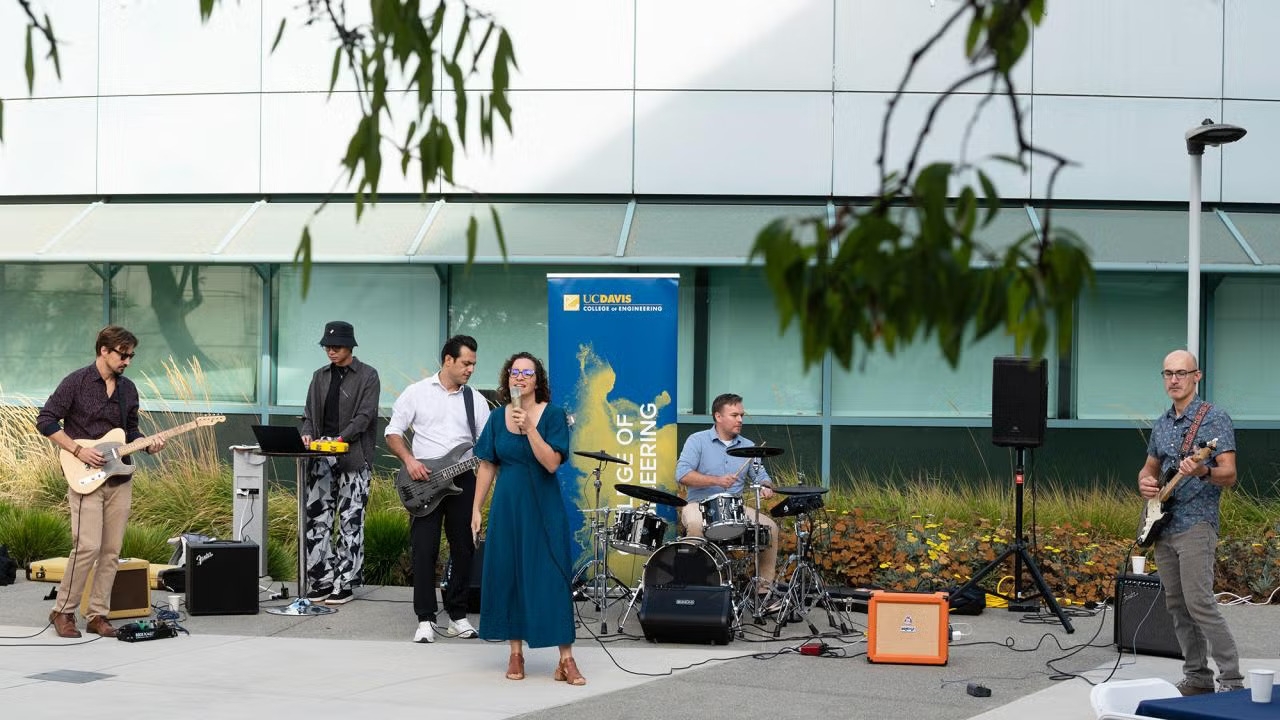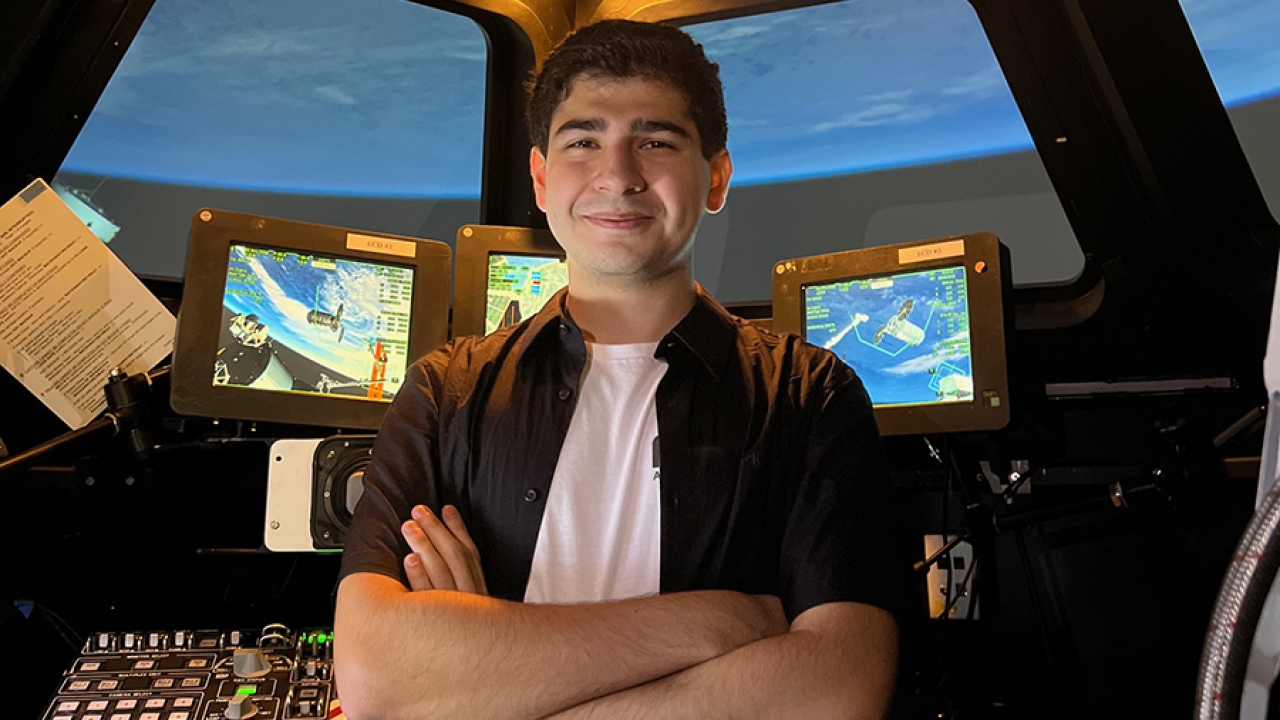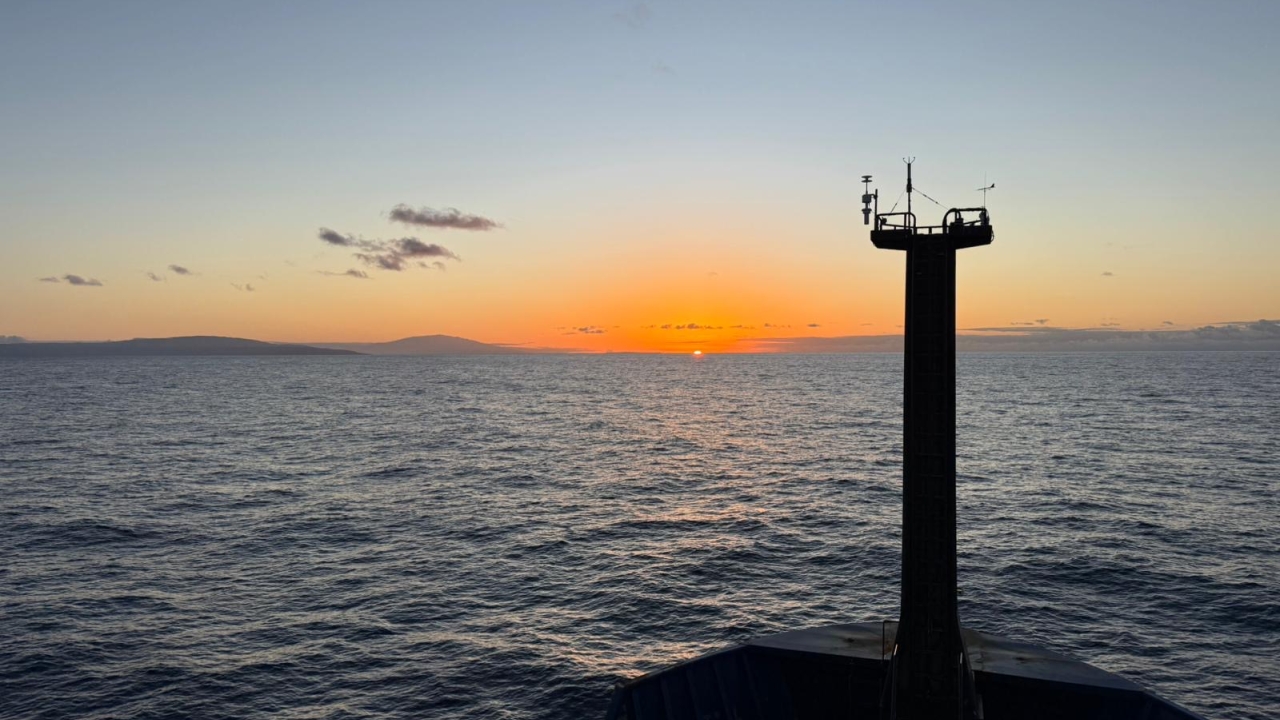
Sailing Across STEMSEAS
First-year student discusses how National Science Foundation-funded cruise buoys engineering research spanning robotics and ocean conservation
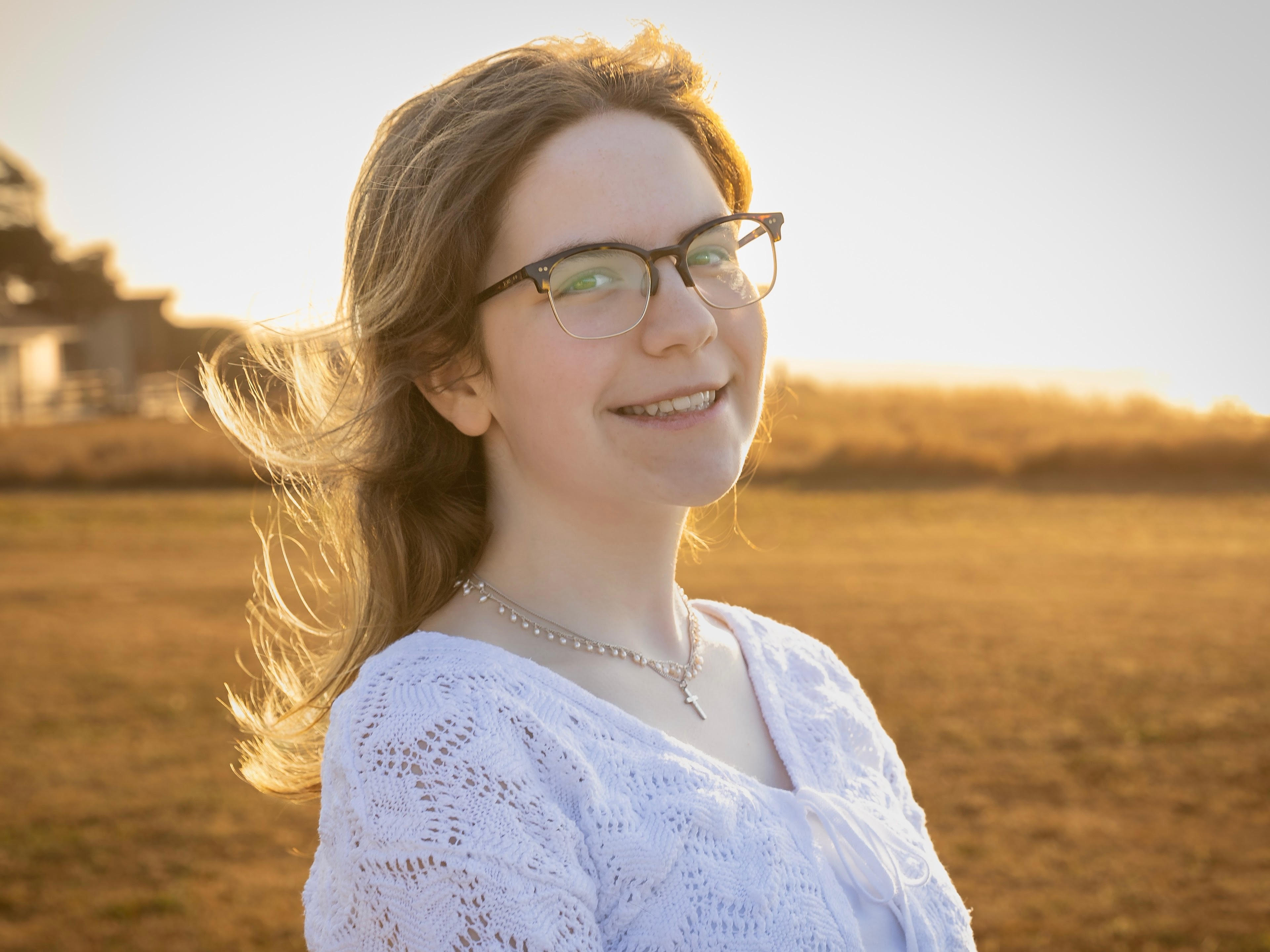
Siena Marois, a first-year computer science and engineering student at the University of California, Davis, had always been interested in marine stewardship and engineering but hadn’t found the currents that connect them until her robotics program at St. Francis Catholic High School in Sacramento, California. The team specializes in developing remotely operated vehicles, or ROVs, for use in the ocean.
Marois dived headfirst into the group, one of the few all-girl robotics teams in the United States, helping them take first place at the Marine Advanced Technology Education Remotely Operated Vehicle World Championship in 2023 (this also marked the first time an all-girl team had ever won the award).
Since winning the award, Marois began her studies at UC Davis and even founded a company whose mission is to advance whale health through ROVs. This winter, she was one of 12 students from across the country selected for STEMSEAS — short for Science, Technology, and Math Student Experiences Aboard Ships — a prestigious National Science Foundation-funded experience led by experienced faculty and graduate students for undergraduates to gain practical knowledge during a six-day cruise on an offshore research vessel. This year’s destination was the Pacific Ocean just off of the Hawaiian Islands.
We spoke with Marois to learn more about this experience and how it has helped energize her future as an engineer and marine conservationist.
The STEMSEAS website describes the experience as a mixture of geoscience and oceanography, two disciplines not typically associated with engineering. What drew you to this opportunity as a computer science and engineering major?
My interest in engineering is how it can be applied to marine conservation challenges, so any experience involving offshore work is interesting to me. Additionally, this experience was specifically designed to teach students about marine technicians and the work they do offshore.
My interest in marine engineering stems from my high school experience building ROVs [Remotely Operated Vehicles] with my robotics team [at St. Francis]. Ocean conservation became a passion of mine, and I learned that there was an entire industry where ocean conservation and engineering intersected. When I saw this STEMSEAS opportunity, I thought it would be a perfect fit to learn more about the practical applications of my interest.
Can you explain the research you and your peers conducted on the boat?
The STEMSEAS group assisted with a variety of calibration tasks and other research opportunities. My favorite task we assisted with was the deployment of the CTD (conductivity, temperature, depth), a device that collects samples of water at various depths and reports information back to the computer lab. My peers and I got to help prepare the CTD and then observe it being deployed over the side of the vessel.
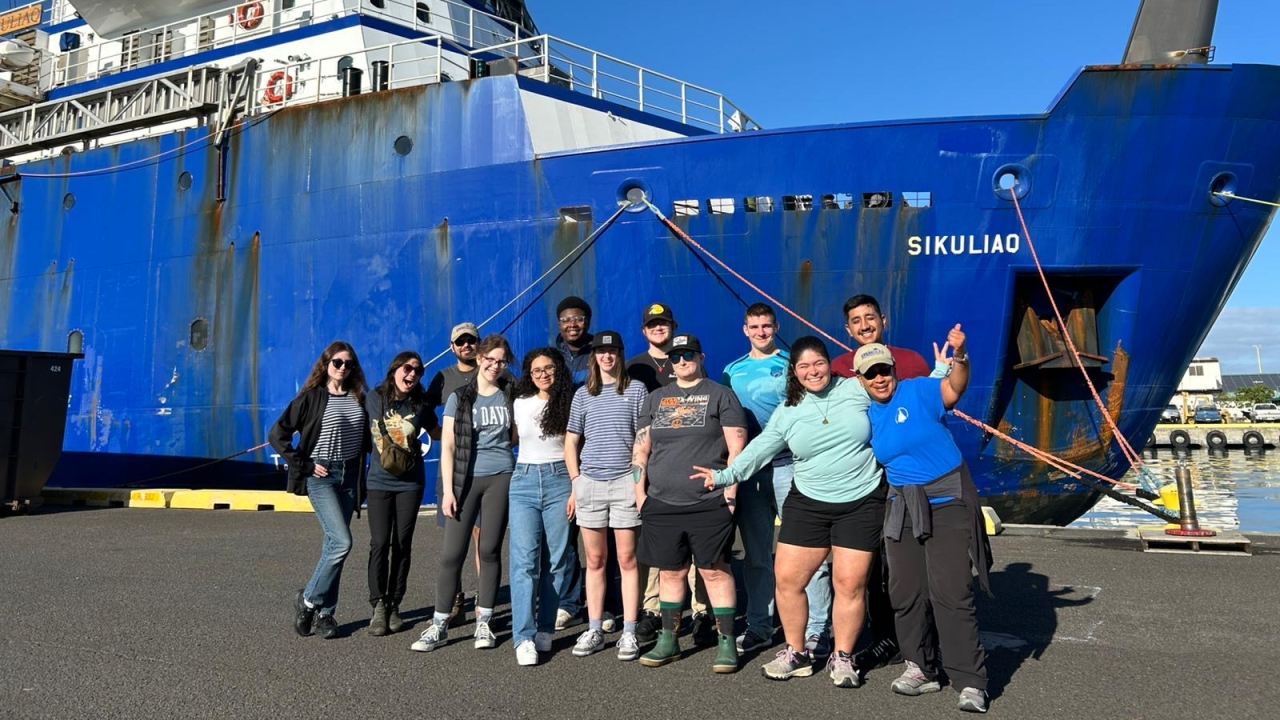
Afterwards, we spent over an hour in the computer room watching the data be collected in real time. It was incredible seeing data often used in classes to explain concepts being actively collected.
Aside from the CTD, we also did a plankton tow to collect plankton and observe them under a microscope, spent time on the bridge with the captain and crew observing ship operations, and learned important skills like how to tie mariner knots. Throughout the entire trip, we were able to ask any of the crew and scientists questions as well.
What was it like to work under faculty and graduate students as a first-year student? What research or life lessons did you learn from them?
At first, it was a little intimidating to be surrounded by people with so much experience and knowledge in oceanography and marine engineering. I really admired the mentors’ expertise and was eager to learn more about their experiences. It was easy to ask them questions because the mentors love what they’re doing and enjoyed sharing their knowledge and passions with us. One of the most important things I learned from them was ship etiquette, such as the rules for going out on the deck. One of the mentors also shared a lot of other offshore opportunities with us, and they all shared their career paths and stories.
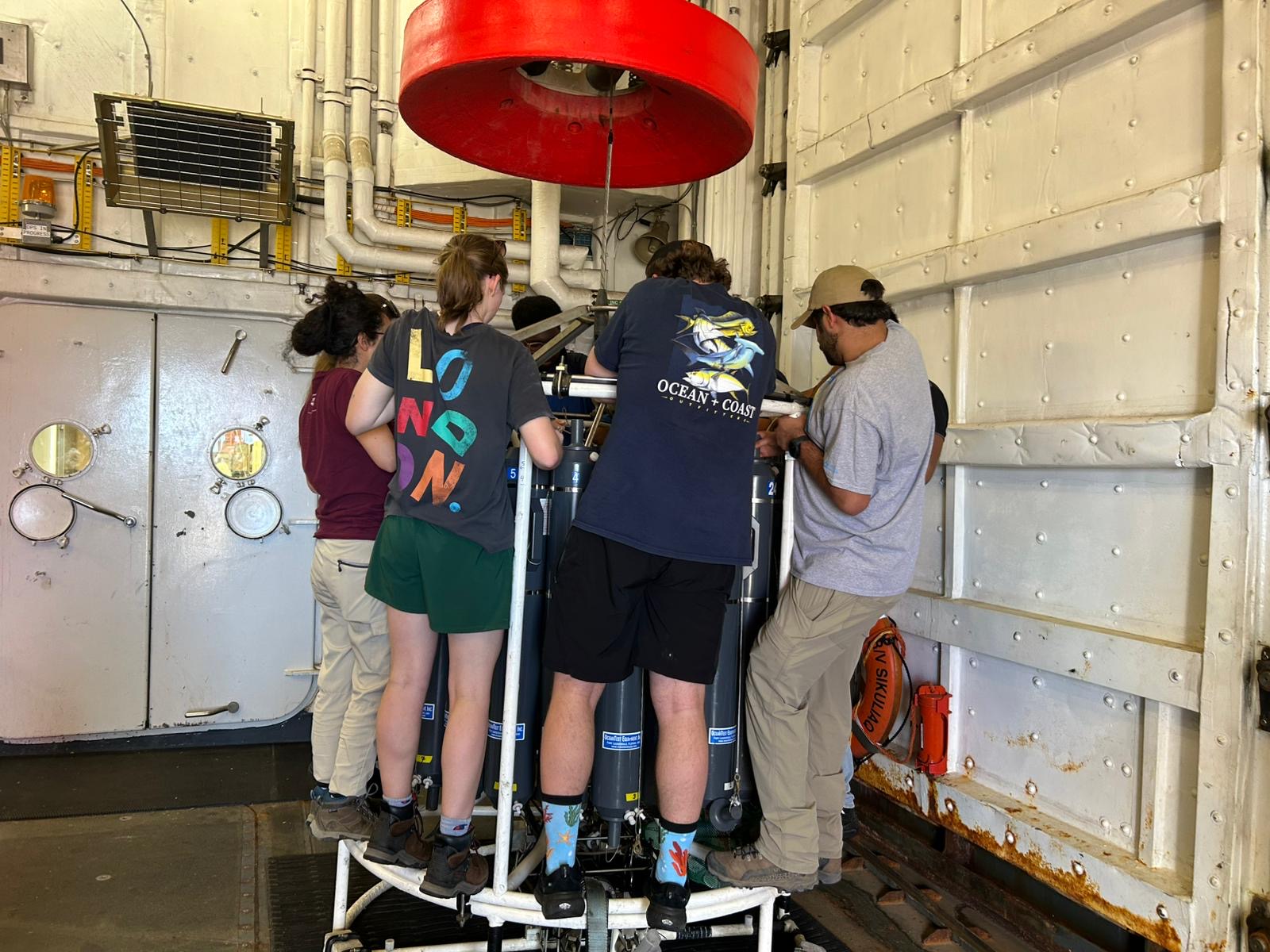
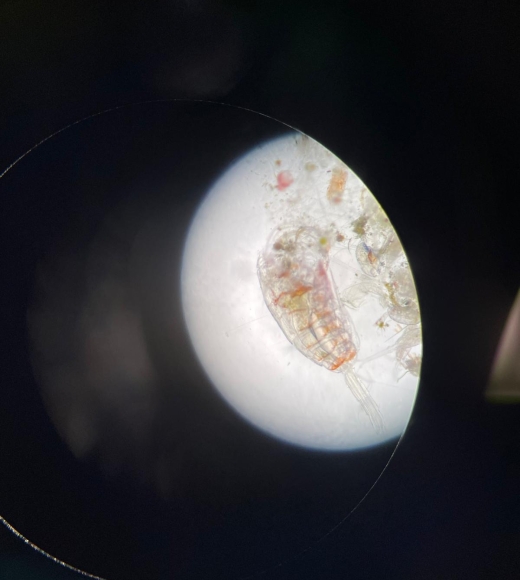
Is there a moment that exemplifies the six-day trip? What sticks out to you about it?
My favorite moment from the entire trip was when a pod of dolphins followed the Sikuliaq [the name of the offshore research vessel]! We watched them jump in and out of the water in a synchronized fashion, and it was one of the most incredible moments of my life. There were probably two dozen dolphins following the boat at that moment. I remember after they left saying something along the lines of “Oh my gosh, they’re real!” because I had never seen dolphins in real life before. Ocean life is what motivates my passion for offshore engineering and ocean conservation, so seeing these incredible creatures in person is still something I think about, even months after the trip.
Related to this trip is a company you recently founded to address whale disentanglement. Can you share more about your company?
Whale disentanglement is a process performed by a team of responders who approach an entangled whale and help remove the entangling object (usually ropes, buoys or fishing nets) from the whale. Whale entanglement is one of two leading causes of death for cetaceans, along with vessel strikes. Unfortunately, whale disentanglement is a difficult process. It depends on a lot of variables to be successful, and oftentimes, the entanglement can last for months, causing harm to the whale.
I founded my company, RightStream, with the goal of creating a small, remotely operated device that can map an entanglement and provide responders with a precise point where the entanglement should be cut, as well as tagging technology in the event a disentanglement cannot occur in the moment. This is the current project my company is working on. However, I hope that [we] can expand in the future, and we can develop other technologies to restore and preserve our oceans.
Is there anything else you would like to share?
Just that I highly recommend the STEMSEAS program for anyone interested in offshore work!

